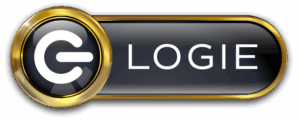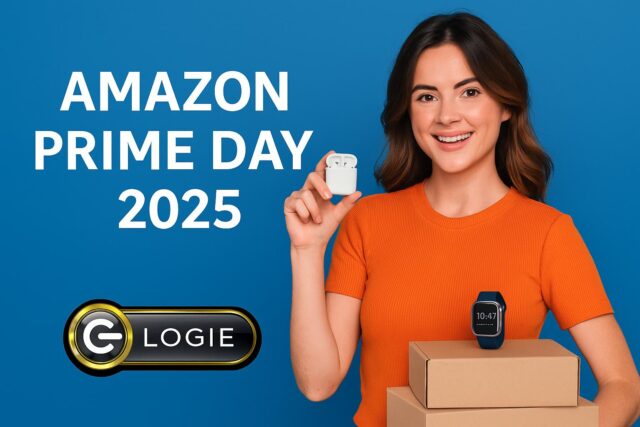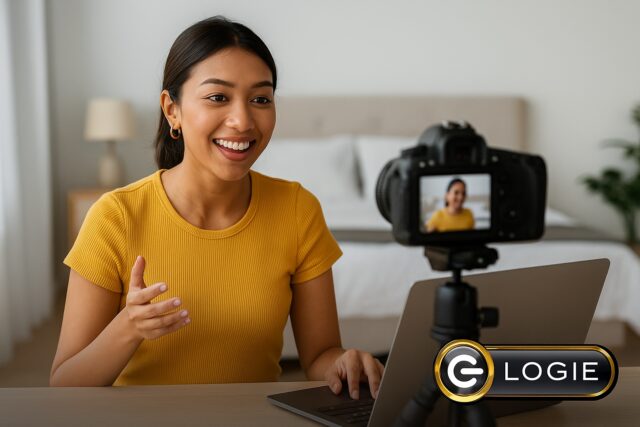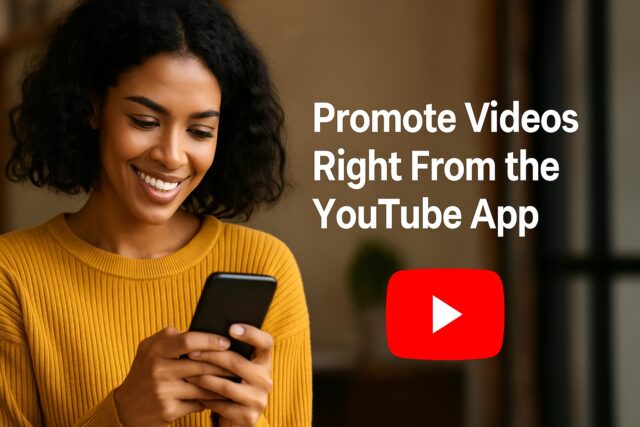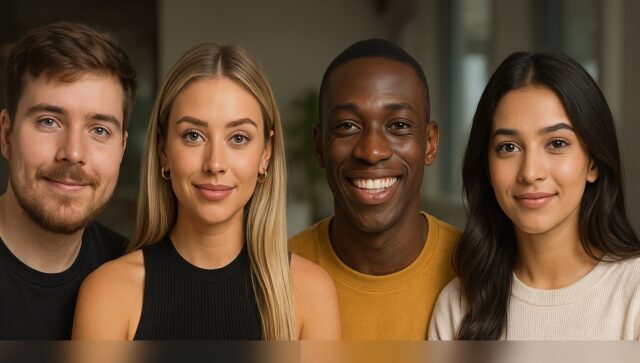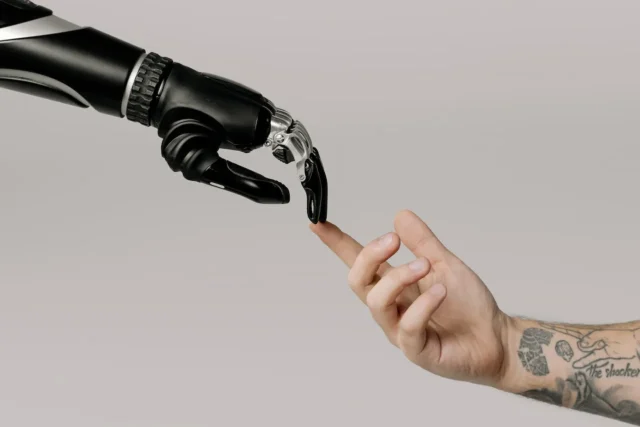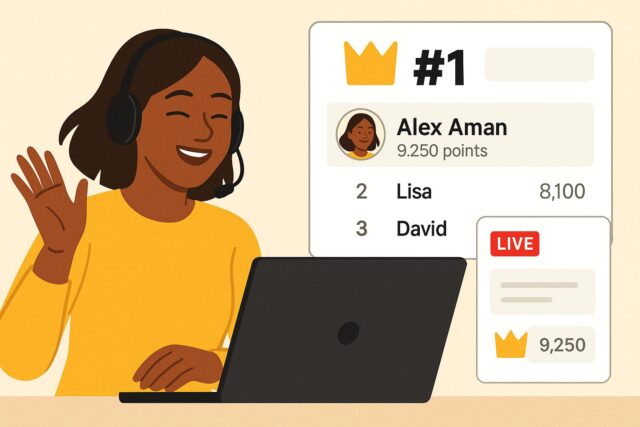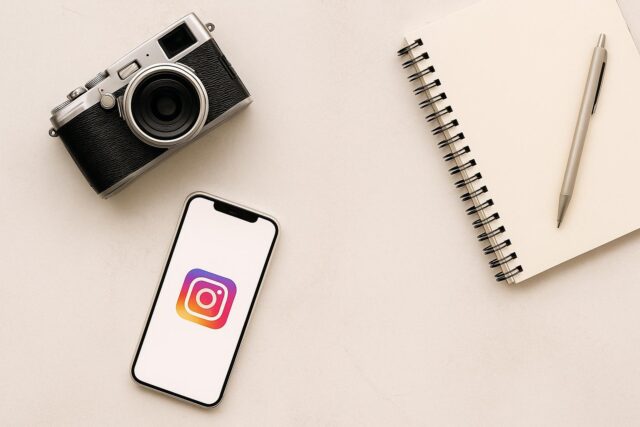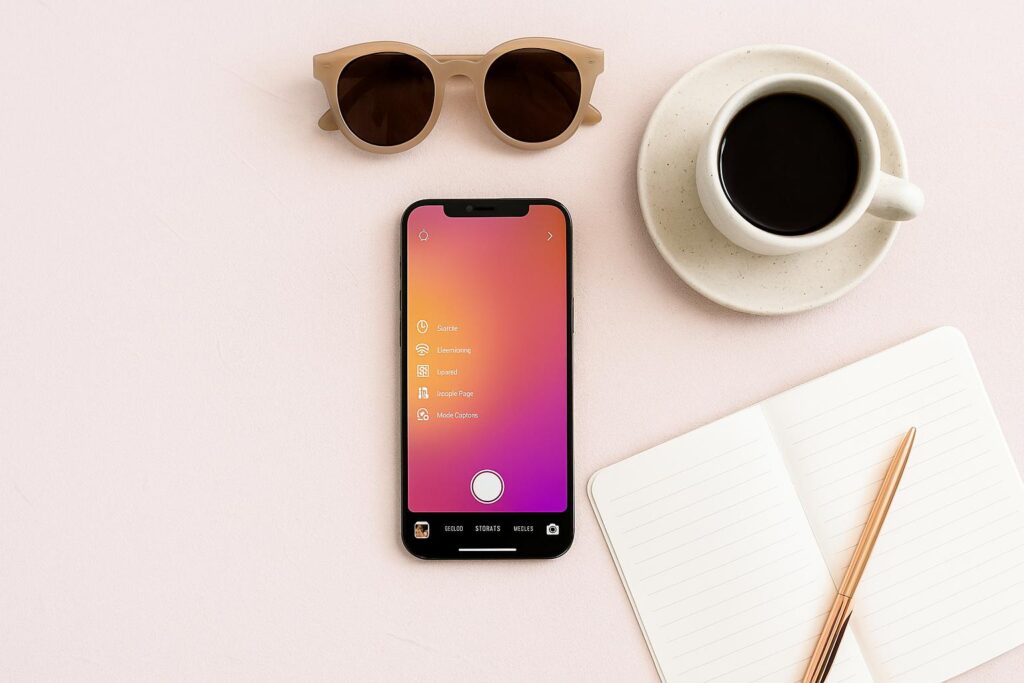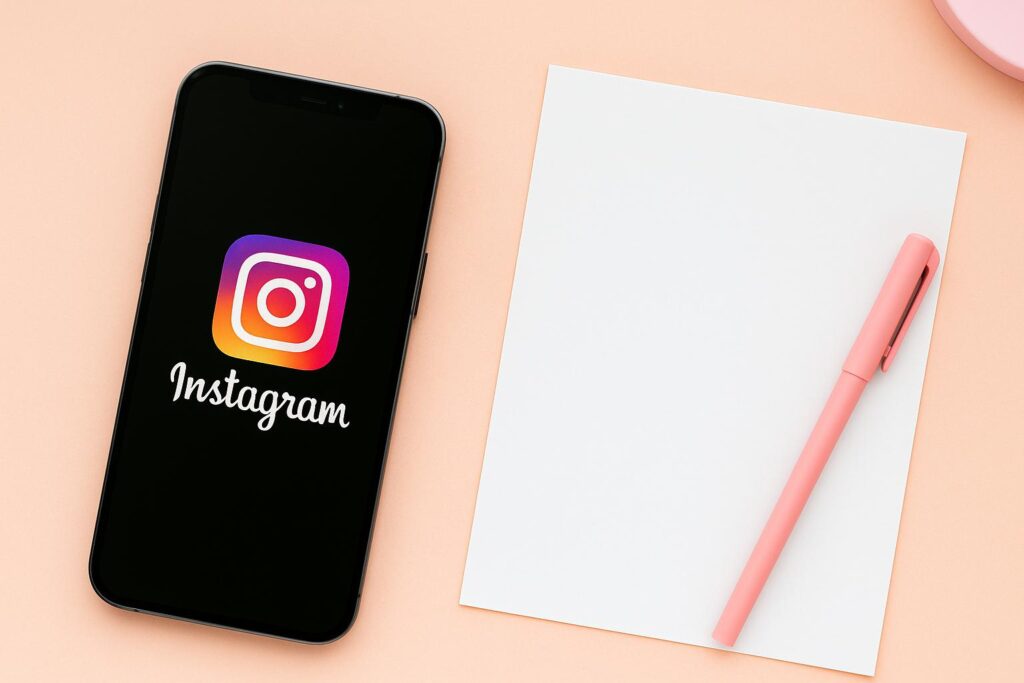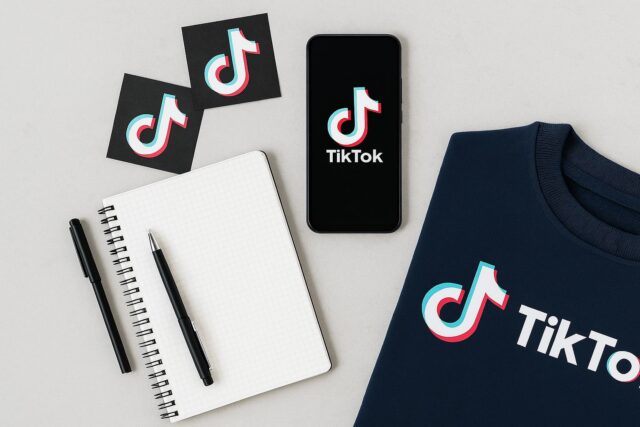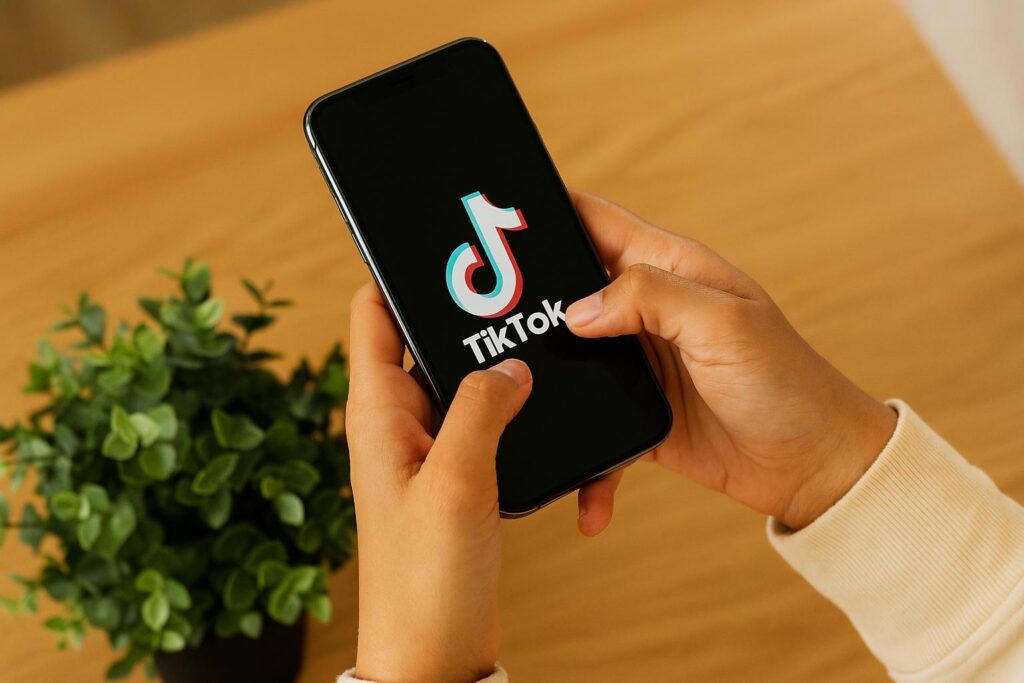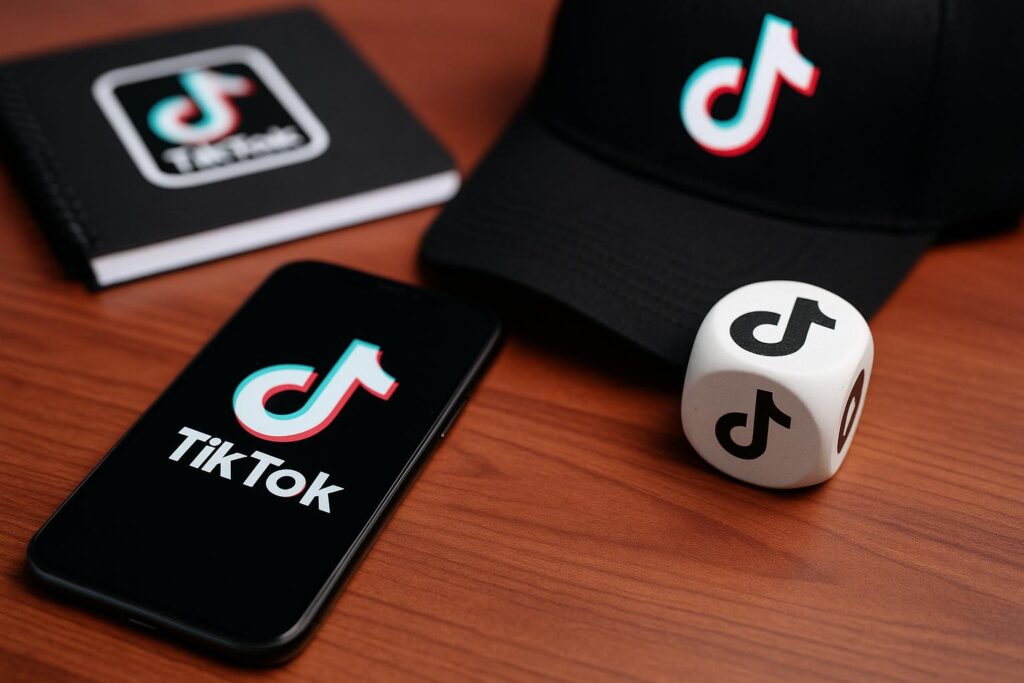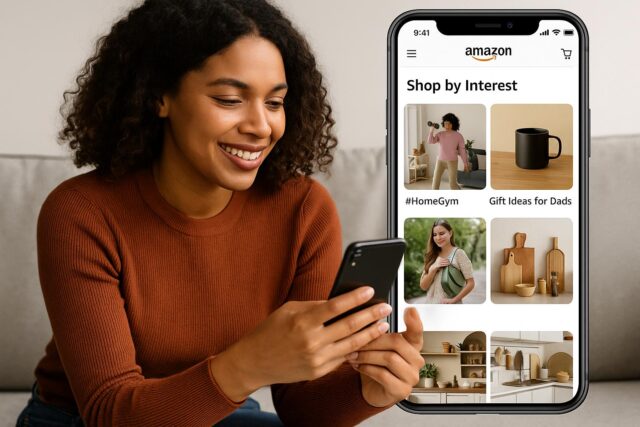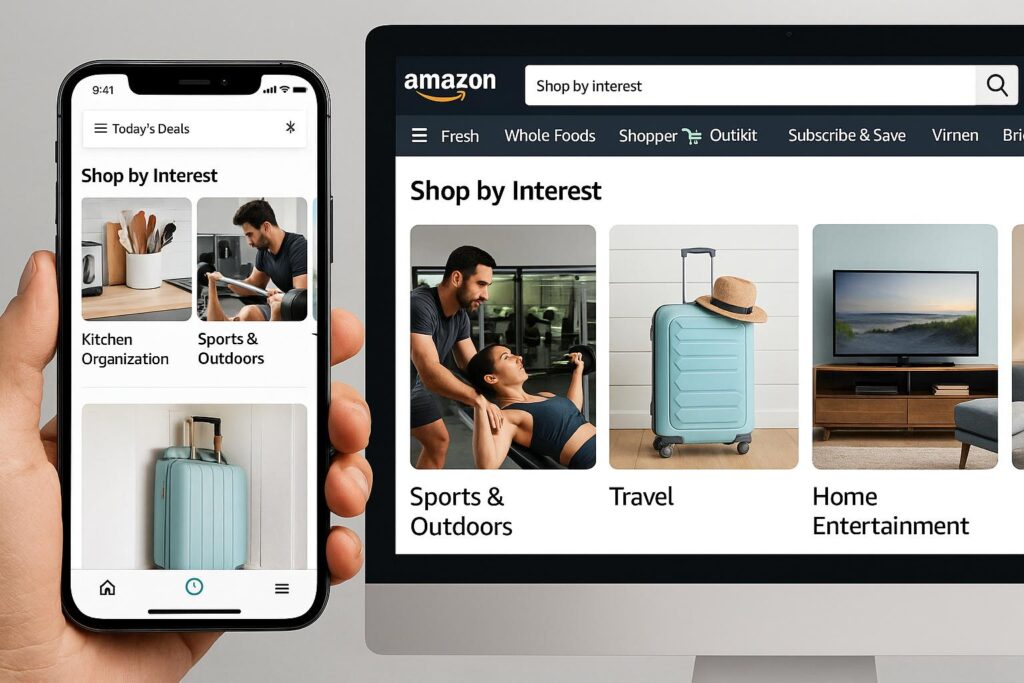Amazon Prime Day 2025: How Influencers Can Dominate This July
Amazon Prime Day isn’t just another sale; it’s a goldmine for influencers who know how to play their cards right.
With millions of shoppers hunting for the best deals, this is your chance to boost engagement, grow your audience, and earn serious affiliate revenue.
Let’s break down how you can make Amazon Prime Day 2025 your most profitable sales event yet.
Why Prime Day 2024 Was a Big Deal (And What It Means for 2025)
Last year, Amazon Prime Day 2024 broke records with over 250 million items sold worldwide. But beyond the massive sales numbers, it was a huge win for influencers, especially those who planned ahead.
Creators who leveraged data-driven strategies, engaged with their audience in real time, and promoted trending products saw affiliate earnings and follower growth spikes.
According to Logie’s 2024 influencer guide, the top performers didn’t just post last-minute deals; they built anticipation weeks in advance.
What to Expect for Amazon Prime Day 2025
While Amazon hasn’t officially confirmed the Prime Day 2025 dates, history suggests it’ll land in mid-July.
This year, Amazon is expanding into new markets like Ireland and Colombia, opening fresh opportunities for influencers in those regions.
The competition will be fierce, so starting early is key. Here’s how you can stand out.
Step 1: Plan Ahead (Before the Sale Goes Live)
Research Trending Products Early
Don’t wait until July to figure out what to promote. Do some research and identify hot items before they sell out.
Pro Tip: Check last year’s best-selling Prime Day products (think tech gadgets, home essentials, and beauty tools) to predict 2025 trends.
Ask Your Audience What They Want
A simple Instagram poll or TikTok Q&A can reveal what your followers are excited about. Try asking:
“What’s on your Amazon wishlist this Prime Day?”
“Which product category are you most excited about: tech, fashion, or home deals?”
This helps you tailor your content to what your audience actually cares about.
 Step 2: Create Content That Converts
Step 2: Create Content That Converts
Diversify Your Formats
Sticking to one content type? Big mistake. Mix it up with:
- Live Unboxings – Build hype by revealing deals in real time.
- Short-Form Videos (Reels/TikToks) – Quick, engaging clips with trending sounds.
- In-Depth Reviews – Show why a product is worth the hype.
- Instagram Stories with Wishlist Links – Make shopping effortless for your followers.
Storytelling Sells Better Than Hard Pitching
Instead of saying “Buy this blender!”, try:
*“I used to dread making smoothies until I tried this blender; now I have a healthy breakfast in 30 seconds. Game-changer!”*
People connect with real experiences, not sales pitches.
Step 3: Promote Strategically Across Platforms
Each platform has its own Prime Day sweet spot:
- TikTok – Use trending sounds & challenges (e.g., “Duet with your top Prime Day pick!”)
- Instagram – Post price comparison carousels (“Before Prime Day vs. During Prime Day”)
- YouTube – Create “Top 10 Prime Day Deals You Can’t Miss” videos
- Email & Blog – Send a curated deal list to subscribers
Collaborate for More Reach
Teaming up with other influencers? Yes, please! A quick collab or shoutout can double your visibility.
Step 4: Maximize Earnings with Logie’s Prime Day Perks
Exclusive 2025 Bonus: Logie is offering higher commission rates for Prime Day promotions.
If you’re already a Logie influencer, check your dashboard for special boosted rates. If not, now’s the perfect time to join and cash in on Prime Day earnings.
Join Logie now to unlock bonus commissions
Step 5: After Prime Day—Analyze & Re-Engage
Once the sale ends, don’t just move on. Review your performance:
- Which posts drove the most clicks?
- Which platforms performed best?
- What products got the most engagement?
Then:
- Thank your audience – A simple “You all crushed it this Prime Day!” goes a long way.
- Share a recap – “Here are the top deals you loved!” keeps the momentum going.
- Prep for the next wave – Back-to-school and holiday sales are approaching.
With millions of shoppers ready to spend, algorithm boosts on social platforms, and Logie’s exclusive commission perks, this Prime Day could be your most profitable yet.
Ready to dominate Amazon Prime Day 2025?
Sign in to Logie and start planning your winning strategy today!
